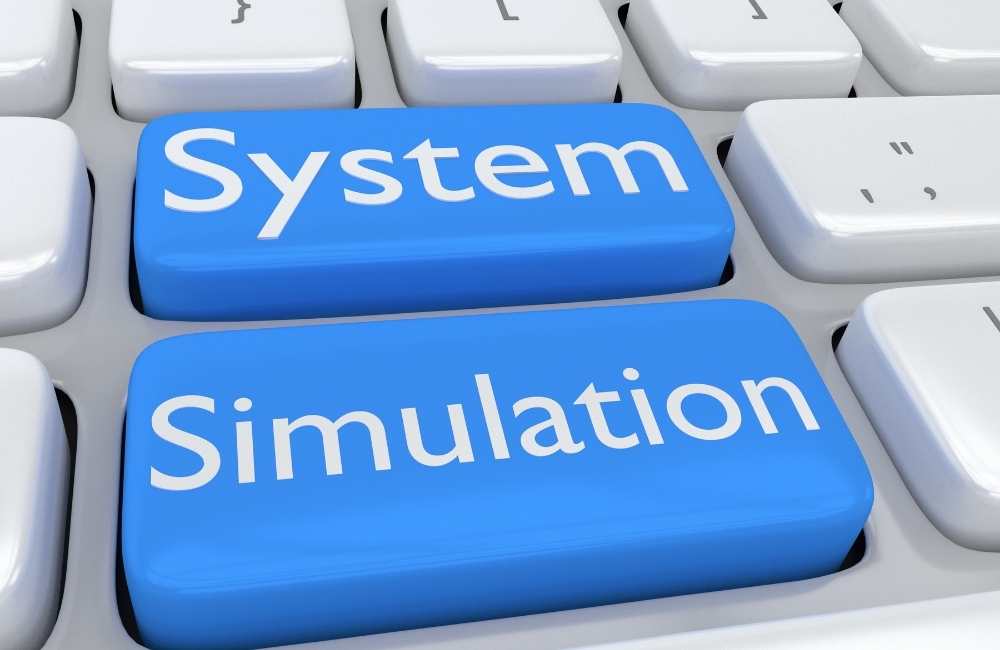Plant Simulation: Enhancing Efficiency through Digital Modeling
Key Benefits of Plant Simulation
Cost Savings: By identifying potential issues and optimizing processes in a virtual environment, companies can avoid costly mistakes and reduce the need for physical prototypes or trial runs.
Risk Mitigation: Plant Simulation simulation allows for the testing of different scenarios, including failure modes and unexpected events, helping to anticipate and address risks before they impact real-world operations.
Improved Efficiency: Plant Simulation analyzing simulations helps in identifying bottlenecks, optimizing resource allocation, and streamlining workflows, leading to increased productivity and reduced lead times.
Enhanced Decision-Making: Data-driven insights from simulations support informed decision-making, enabling better strategic planning and resource management.
Flexibility: Virtual testing of various configurations and process changes can be conducted swiftly, facilitating rapid adaptation to market demands or technological advancements.
Applications of Plant Simulation

Production Planning: Optimizing production schedules, resource allocation, and inventory management.
Facility Layout: Designing efficient plant layouts and workflow configurations to minimize material handling and reduce waste.
Maintenance Strategies: Predicting equipment failures and planning maintenance activities to minimize downtime.
Supply Chain Management: Analyzing the impact of supply chain disruptions and optimizing logistics and procurement strategies.
New Plant Design: Evaluating the feasibility and performance of new plant designs before construction.
|